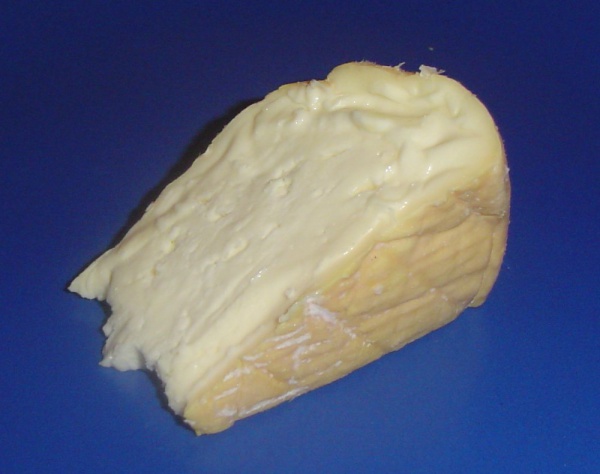Facts About Munster cheese
Munster, also known as Munster-géromé or Minschterkaas, is a soft cheese with a pronounced aroma yet a surprisingly mild flavor. It is primarily produced in the Vosges region of France, situated between Alsace-Lorraine and Franche-Comté. The cheese derives its name from the town of Munster in Alsace, where monks traditionally aged it in their cellars.
The origins of Munster cheese trace back to the Vosgian mountains. During the summer months, cattle grazed in these high-altitude pastures, and cheese-making has been a tradition here since at least 1371. Historically, locals would pay their dues with cheese and butter to the religious and political leaders who owned the land.
Munster cheese production is safeguarded by an Appellation d'Origine Contrôlée (AOC) certification, which mandates adherence to specific procedures. It is crafted from unpasteurized cow's milk sourced from designated areas and formed into flat cylinders of varying sizes.
The aging process, or affinage, involves regularly washing the cheese's rind and allowing it to mature in humid cellars for several weeks to months, depending on its size. Quality control is stringent, encompassing every aspect from storage to packaging and labeling.
Munster-géromé is at its peak in the summer and autumn, when it is made from the milk of cows grazing in the high-altitude pastures of the Vosges mountains. Various villages in the region produce the cheese, and locals often hold strong opinions about which village makes the best Munster, though it typically comes down to personal taste.

 Andorra
Andorra